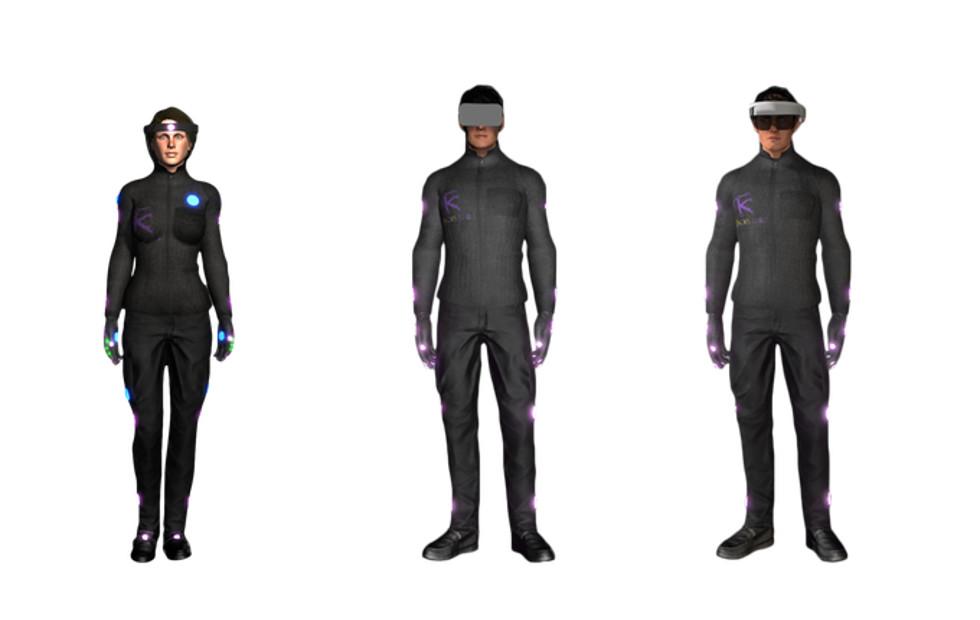 |
| Vibrant Matter by Jane Bennett https://www.dukeupress.edu/Assets/Books/ 978-0-8223-4633-3_pr.jpg |
In blog post 3, I was asked to evaluate an object in a dystopian environment that had thing-power, that had an effect on other things, and to trace its history in that environment and its effects. I discussed the role and thing-power of nature in The Hunger Games. Now, I am going back to my classmate's blog posts for further reflection.
 |
| Haptic Suits https://www.slashgear.com/wp-content/uploads/2018/07/holosuit-1.jpg |
In Maggie's blog, she discussed the role of the haptic suit in Ready Player One. She explains that she believes that the first haptic suits looked similar to astronaut suits, because their primary functions were simply to allow the user to "take the person's senses out of the real world" and into the OASIS. As the suit adapted over time, it became more like spandex and became more tight to the body for ease of movement. Therefore, the suit effects the user by allowing them to feel things that are technically not there, but are present only in the OASIS. In addition, Maggie explains that this suit created divisions between environments (the real world vs the OASIS), between class (rich vs poor), and between realities (the real world reality vs escapism).
 |
| Mockingjay Pin https://vignette.wikia.nocookie.net/thehungergames/images/e /e7/ImagesCA1WBWZZ.jpg/revision/latest/scale-to- width-down/340?cb=20120310224533 |
Caitlin discussed the thing-power of the mockingjay in The Hunger Games. The mockingjay represented freedom and autonomy from the Capital, and as a result, the mockingjay (both the bird and the pin) possessed thing-power and were able to affect the characters in the book. First, the mockingjay incited rebellion amongs the districts because of its symbolism. In addition, the mockingjay stole autonomy and freedom from Katniss herself when she had to become "The Mockingjay" for the rebellion.
 |
| Nature in The Hunger Games https://i.ytimg.com/vi/2EibSJoXPfg/maxresdefault.jpg |
In my own blog post, I discussed the thing-power of nature in The Hunger Games. My favorite post from my original post was the notion that nature can kill or heal you. The effects of nature remain unmatched by many other objects and many other thing-powers, maybe because of the vastness and uncontrollable aspect to nature everywhere. As I've read more novels for this Dystopian Environments course, I have found that while environments absolutely have thing-power, there is a unique relationship here between humans and nature. Nature could completely destroy us, but we also have some sort of control over our environments, as well. In The Road we see that the man and the boy are able to harness their environment to build fires, or keep warm inside a bunker in the ground. However, in Parable of the Sower, nature provides shelter for the characters but also threatens to kill them any any given moment.
I think it would be really interesting to investigate this relationship further. How much power does thing-power truly have, and can an object's thing-power be overcome and/or destroyed? Or manipulated?
After reading other people's blog posts from blog 3, I was reminded that it truly is incredible the effect on objects both in novels and in real life. Before this prompt, I had not stopped much to think about the thing-power of objects and things in literature. Now, however, it is almost all I can think about as we cruise through Oryx and Crake.
Bennett, J. (2010). Vibrant matter: A political ecology of things. Duke University Press.
Cline, E. (2011). Ready player one. New York, NY: Crown Publishers.
Collins, S. (2008). The hunger games. New York, NY: Scholastic Inc.
Dorsch, C. (2020). "The mockingjay." Dorsch's View of Dystopian Environments.
Kaliszack, M. (2020). The thing-power of the haptic suit. Dystopian Fiction Blog.
McCarthy, C. (2006). The Road. New York, NY: Random House, Inc.
No comments:
Post a Comment